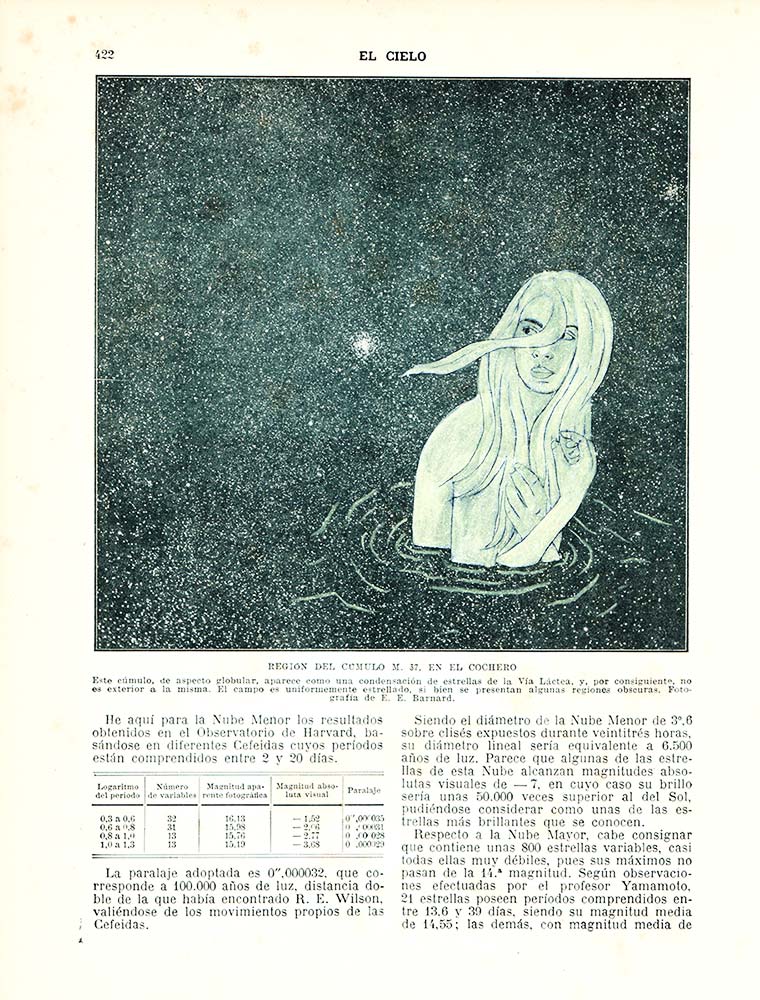- No products in the cart.
Share:
SENDA gallery presents the latest photographic work by Anna Malagrida (Barcelona, 1970), that includes inscriptions and graffiti appeared beyond the social protest movements occurred in Spain within 2011 and 2013. The works question the limits of the visible and reflect on the dichotomy of the act of looking as an aesthetic – and also political – experience.
Comprising two suites of photos— Socles and Walls—the project The Walls Spoke documents some of the slogans and graffiti that appeared in the wake of the social movements in Spain. It is a kind of photographic inventory of the barely visible traces of the scribblings or anonymous cries of protest that dirtied the walls of various buildings before they were swiftly erased. The images were taken on the walls of buildings, belonging mostly to banking or political institutions in the cities of Barcelona and Madrid.
The peaceful protests of the 15-M or Indignants movement, which sprang to life in May 2011, were followed by a prolonged series of demonstrations largely organised on social networks. These two suites of photos are predicated on a will to create an inventory and to record the print that these protests left on city walls, the places where indignant voices left their marks. The texts and words of the original inscriptions were compiled for this project in two formats: a diary and a projection accompanied by a soundtrack composed of original sound recordings from the demonstrations.
These works, which register traces and restore memory, also focus on the transformation of the photographed objects. In the photos grouped together in Socles one sees the remains of the cries of social protest, even though the actual painting has been erased and the voices silenced. The bases or plinths of the buildings are somehow transformed into unmovable, hieratic stone sculptures, not unlike the institutions they house. Presented in large format, the graffiti-covered Walls seem to the beholder like paintings born from social conflict. Likewise, the recording of the voices restores the original moment of the events, plunging the spectator into a journey in time.






























































































